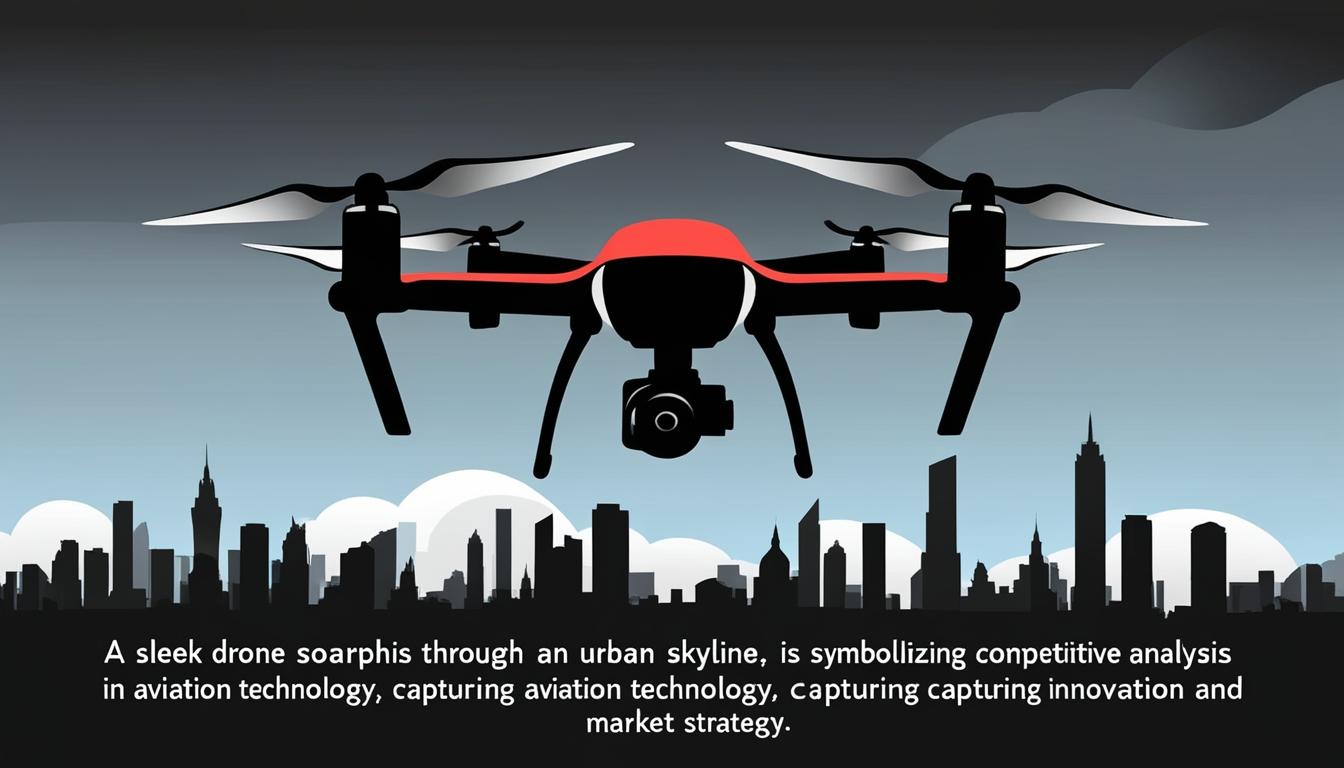In the ever-evolving landscape of business technology, competitive analysis has emerged as a crucial element for organisations, particularly in engineering-driven sectors. According to Amy T. Wiegand, a recognised industry marketing expert writing for DroneLife, this practice is essential for informing strategic decisions, ensuring companies can navigate challenges and seize opportunities in highly competitive environments.
Wiegand asserts that competitive analysis is instrumental in understanding the strengths and weaknesses of competitors, their products, and their market positioning. This systematic research process allows businesses to glean valuable insights that guide their development, marketing strategies, and overall objectives. "For tech teams, competitive analysis is not just a business exercise—it provides critical insights into technical trends, customer needs, and performance benchmarks," Wiegand commented, reinforcing the idea that such analysis is vital for staying relevant in today's fast-paced market.
In the burgeoning sector of aviation technology, which encompasses uncrewed aerial systems (UASs), advanced air mobility (AAM), and robotics, competitive analysis assumes additional significance. Emerging technologies continue to redefine industry standards amid evolving regulations and fierce competition. Industries such as utilities, telecoms, and public safety are increasingly integrating drone technologies into their operations, necessitating sophisticated solutions that can effectively address sector-specific challenges.
To conduct a robust competitive analysis, Wiegand outlines a series of key steps that organisations should undertake. These steps begin with an understanding of business objectives, which align team efforts with expected outcomes. Following this, it is important to identify both direct competitors and alternative solutions that might infringe on market share. The criteria for research should be clearly defined, focusing on aspects such as market gaps, technological trends, and competitor capabilities.
Data gathering is another crucial step in this process, involving the use of publicly accessible resources, customer feedback, and expert analysis. This comprehensive approach allows teams to evaluate competitors’ pricing, go-to-market strategies, and technological offerings. Benchmarking against one’s own capabilities helps to identify not just opportunities but potential threats as well. Finally, organisations must synthesize insights derived from their findings into actionable strategies that can influence branding, feature differentiation, and possible alliances.
Wiegand highlights that competitive analysis serves a dual role by guiding technical innovation while ensuring compliance with regulatory frameworks. Understanding how competitors manage issues like autonomous flight and airspace management enables organisations to tailor their products to meet customer demands within legal parameters.
As aviation technologies become intertwined with various industries, the importance of identifying niche applications and developing future-ready solutions cannot be overstated. Wiegand elaborates, stating that companies adept at discerning their competitive landscape are positioned to forecast key industry trends, including the projected expansion of urban air mobility and the increasing reliance on drones for inspections and logistics.
In a field marked by rapid innovation and significant safety considerations, competitive analysis transcends mere strategic planning. It serves as a vital instrument that equips businesses to remain agile, anticipate shifts, and ultimately succeed in an environment filled with emerging opportunities. Wiegand reinforces this point by posing a thought-provoking question to businesses: "Are you the best, safest, fastest, most cost-efficient, and most accurate revolutionary tech brand on the market? I bet your competitors are too. Let's go find out!"
Through thorough competitive analysis, organisations can transform data into actionable strategies that not only propel them forward but also help define the future landscape of aviation and technology industries.
Source: Noah Wire Services
